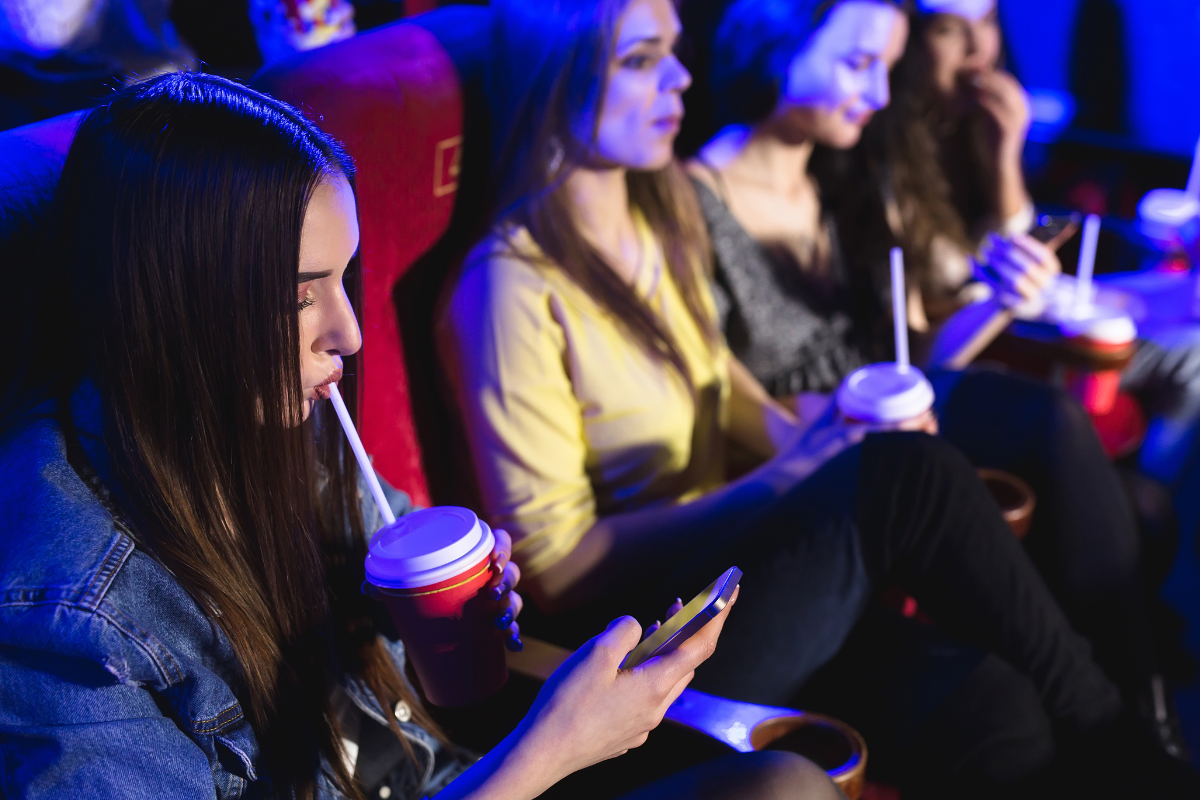
Photo: Artem Zakharov via iStock
Arts audience ‘attitude shift’ driven by young people
Younger people are more likely to want arts organisations to align with their values and prefer a wider range of permitted behaviours when attending venues.
Audiences are becoming more attuned to the social and environmental values of organisations they visit to view a cultural event, according to findings from The Audience Agency’s (TAA) latest cultural participation monitor.
The latest data found 51% of respondents would generally prefer to go to cultural venues that share their values, while almost half said they are more actively willing to engage with organisations taking a visible stance on social issues, in particular the climate crisis.
The behaviour was most prevalent in young people and better off families, with over 60% of younger audiences (16-44) stating they prefer to go to cultural events at venues that share their values.
READ MORE:
- Audience figures highlight ongoing recovery from pandemic
- Successful membership schemes build stronger audience connections
TAA CEO Anne Torreggiani said the new evidence “gives us a glimpse into the future and to what future audiences will expect from us”.
“Now, more than ever, we need to understand our audiences and keep them at the heart of what we do,” she added.
“These insights point to a changed role for organisations – we need to think about amplifying our social values, becoming a community resource, being prepared to join the conversation, creating opportunities for debate.”
Elsewhere, TAA’s latest monitor found younger people are generally more tolerant of divisive behaviours at live events.
The finding follows focus on audience behaviour at cultural events after a perceived increase in anti-social behaviour at cultural venues over the last year. Earlier this year, Arts Professional heard such behaviour is a contributing factor in making it harder to keep audiences at live events safe.
According to TAA’s most recent findings, there are some behaviours – such as smoking or vaping and talking on the phone – that are universally disliked by all audience groups.
Other behaviours, including being allowed to eat, drink, or take photos, were found to make all audience groups more likely to attend an event.
“[Young People] will form an increasing share of audiences in the future – as they are already, given shifts in audience profiles since the pandemic,” Oliver Mantell, TAA Director of Insight and Evidence, said.
“This suggests we are likely to see a shift in expectations on cultural venues, with pressure for more informal experiences – including more digital and social interaction – and for venues to be more value-lead and outspoken about those values”.
Attendance figures remain down
TAA’s analysis of its latest data says the sector is still seeing the long-lasting impacts of the pandemic, with audience figures remaining down on pre-pandemic levels.
People are still attending arts and culture less than they were before the pandemic, with 38% stating they are attending less, compared with only 12% saying they were visiting more.
Meanwhile, the number of people attending less arts and culture than they were a year ago has gone up significantly, from 31% in February 2023 to 42% in July.
Cost-of-living fears have “soared above” receding Covid concerns as the driving factor behind declining attendance, TAA says.
Across all groups, 59% said they are actively put off attending arts and culture by cost-of-living concerns, with 42% saying they still feel ‘worse off’ than before the pandemic.
Director of The Association of Leading Visitor Attractions, Bernard Donoghue, said the cost-of-living crisis is still a “significant factor” for many visitors and audiences.
“Attractions are creatively responding to that through free programming and targeted support for people on Universal Credit and Pension Credit,” he said.
Torreggiani added: “We need to move through these changing – and challenging – times WITH audiences,”
“In a content rich, AI-dominated world, we need to cherish our strong relationships with audiences and ensure we create distinctive, experiential offers.”
Join the Discussion
You must be logged in to post a comment.